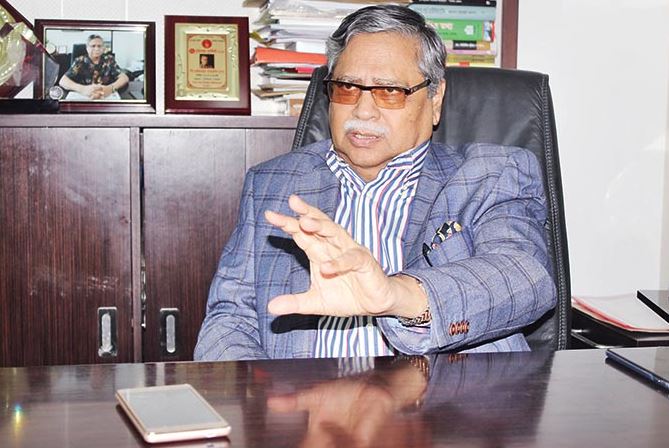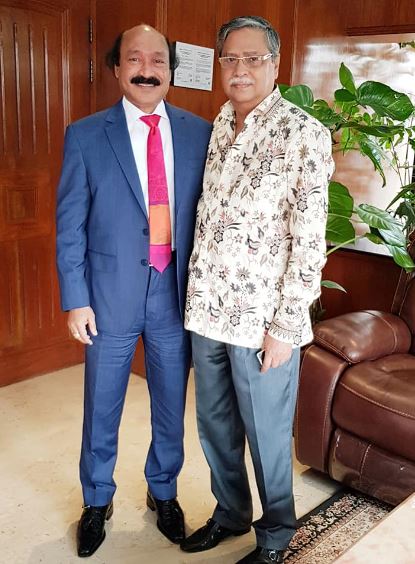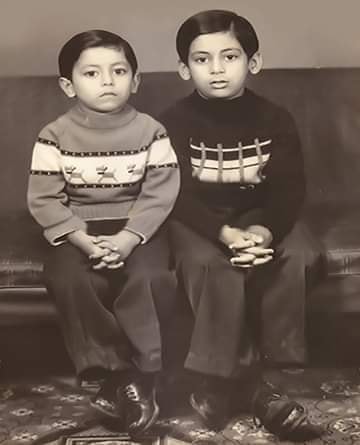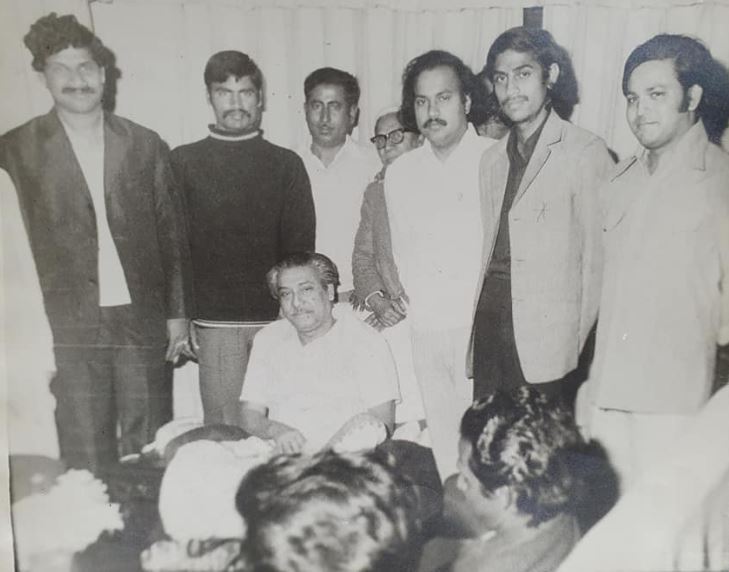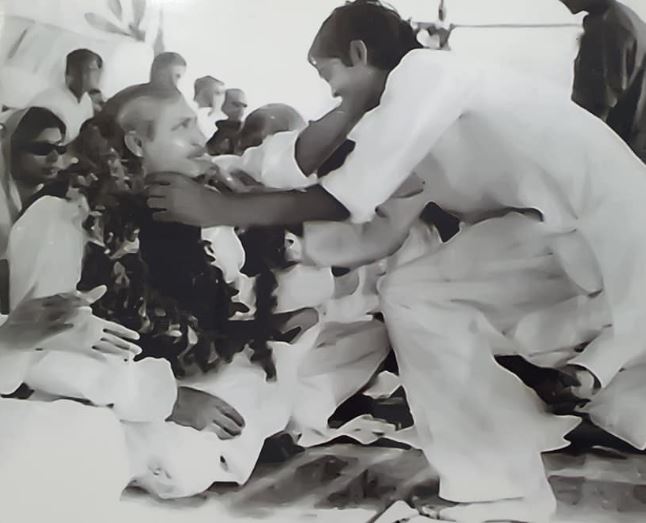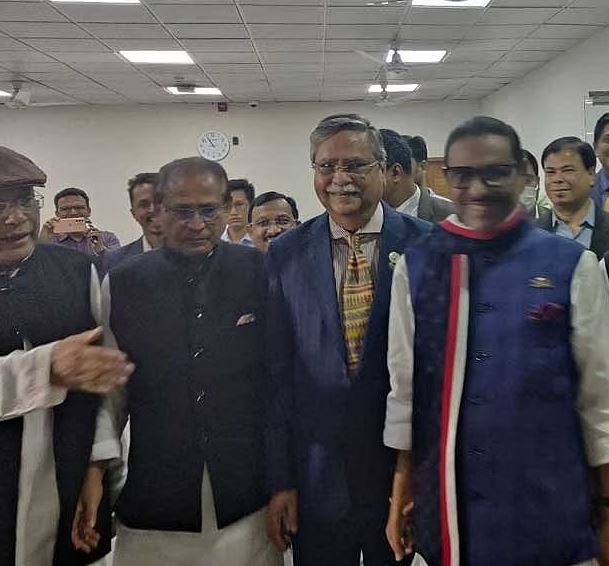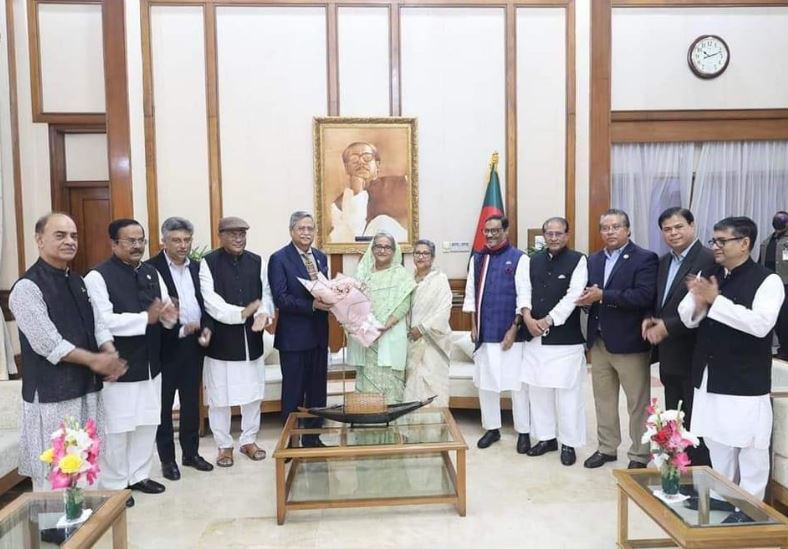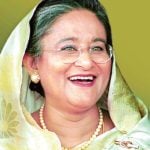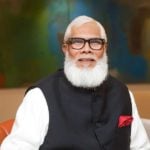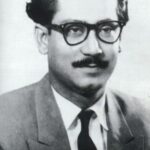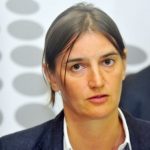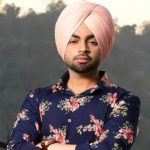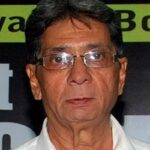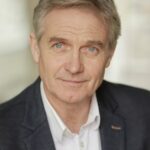Mohammad Shahabuddin Chuppu Age, Wife, Family, Biography & More
Quick Info→
Age: 73 Years
Wife: Dr. Rebeka Sultana
Hometown: Pabna, Dhaka
| Bio/Wiki | |
|---|---|
| Profession(s) | Politician, Freedom Fighter, Former Jurist |
| Famous for | Being the only presidential candidate of Bangladesh (nominated by Awami League) in 2023 |
| Physical Stats & More | |
| Height (approx.) | in centimeters- 170 cm in meters- 1.70 m in feet & inches- 5’ 7” |
| Eye Colour | Brown |
| Hair Colour | Salt & Pepper |
| Politics | |
| Political Party | Bangladesh Awami League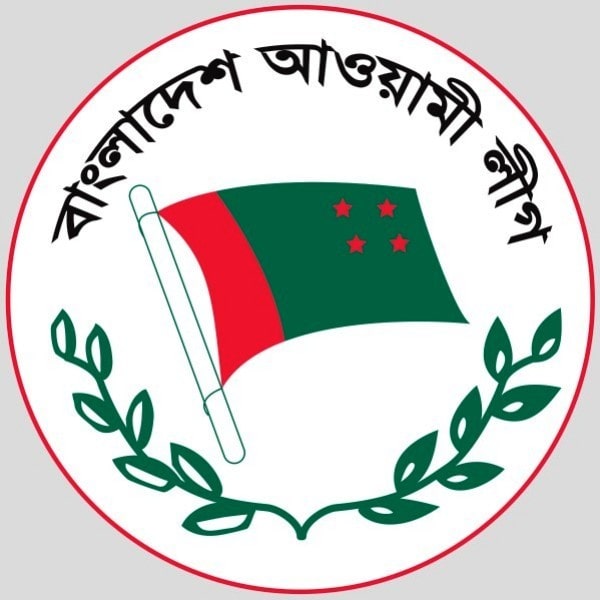 |
| Personal Life | |
| Date of Birth | 10 December 1949 (Saturday) |
| Age (as of 2022) | 73 Years |
| Birthplace | Shivrampur village of Sadar Upazila of Pabna District in erstwhile East Bengal, Dominion of Pakistan (present-day Bangladesh) |
| Zodiac sign | Sagittarius |
| Nationality | • Pakistani (10 December 1949- 26 March 1971) • Bangladeshi (26 March 1971- present) |
| Hometown | Pabna, Dhaka, Bangladesh |
| School | Radhanagar Majumder Academy School And College, Pabna |
| College/University | Rajshahi University Bangladesh |
| Educational Qualification(s) | • A Master’s Degree in Science (1974) • LLB [1]Facebook - Md Shahabuddin Chuppu |
| Religion | Islam |
| Ethnicity | Bengali |
| Relationships & More | |
| Marital Status | Married |
| Family | |
| Wife/Spouse | Dr. Rebeka Sultana (professor, formerly served as the Joint Secretary to the government of Bangladesh)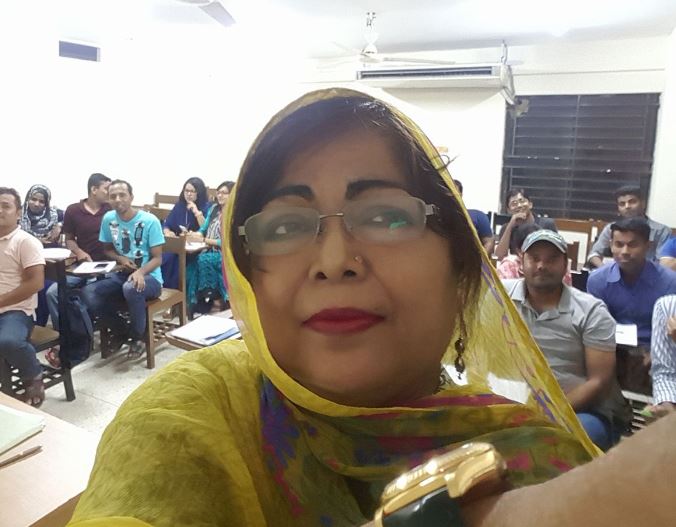 |
| Children | He has a son.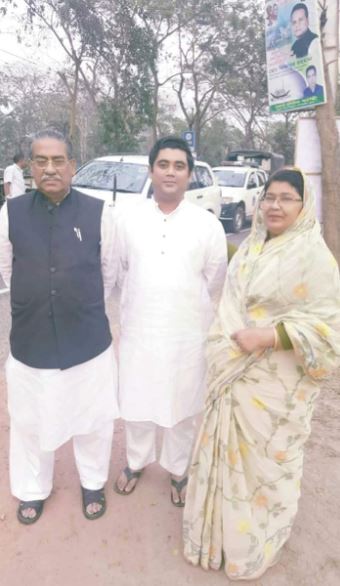 |
| Parents | Father- Sharfuddin Ansari Mother- Khairunnessa |
Some Lesser Known Facts About Mohammad Shahabuddin Chuppu
- Mohammad Shahabuddin Chuppu is a Bangladeshi freedom fighter, politician, and former jurist. He was nominated as the presidential candidate by the ruling Awami League in 2023.
- He grew up in a middle-class family in village Shivrampur, Pabna.
- Shahabuddin Chuppu stepped into politics in his student years. He was the leader of the student and youth wing of the Awami League during the late 1960s and early 1970s.
- In 1971, he took part in the Bangladesh Liberation War as a freedom fighter and played a key role in the northern region. During the movement, he served as the convener of Sadhin Bangla Chhatra Sangam Parishad in the Pabna district.
- In March 1971, when Bangladesh got independence, Shahabuddin Chuppu again got involved into politics.
- He served as the President of the Pabna District Jubo League in 1974.
- In August 1975, following the assassination of the Father of the Nation Bangabandhu Sheikh Mujibur Rahman in a military coup that took the lives of most of Bangabandhu’s family members, Shahabuddin Chuppu was imprisoned for three years for waging a protest as he was not happy with the new government that was formed after Bangabandhu. After he was released from prison, Shahabuddin Chuppu flew to India to meet some of his colleagues.
- In 1980, he joined Daily Banglar Bani, a Bangladeshi national newspaper, as a journalist and worked there for around two years. He has also written articles for various Bangladeshi newspapers.
- In 1982, Shahabuddin Chuppu joined Bangladesh’s judicial service (BCS cadre) as a Munsef (Assistant Judge).
- Meanwhile, he also held the position of publicity secretary for the Pabna district unit of Awami League.
- Chuppu was elected as the general secretary of the Judicial Service Association in 1995.
- A year later, the Ministry of Law and Parliamentary Affairs appointed him as the coordinator of the Bangabandhu murder trial after the Awami League returned to power.
- Following the 2001 general elections in Bangladesh, Mohammad Shahabuddin served as the Chairman of the Judicial Inquiry Commission. The commission was set up to investigate rapes, lootings, killings and anti-humane activities perpetrated by the leaders and workers of the BNP-Jamaat alliance.
- In 2006, he retired as a District and Sessions Judge after serving in the position for around 25 years.
- In the same year, he was appointed as the Chairman of the Labour Court.
- Shahabuddin Chuppu served as a lawyer at the Supreme Court of Bangladesh from 2008 to 2011.
- As a jurist, Mohammad Shahabuddin Chuppu travelled to various countries across the world, participating in national and international seminars, symposiums, workshops, and conferences on Case Management and Court Management, hosted by the Judicial Training Academy hosted by Judicial Training Academy.
- From March 2011 to March 2016, Shahabuddin served as the Commissioner of the Anti-Corruption Commission.
- After his retirement, he again joined politics. In 2020, Awami League appointed him as a member of its advisory council; the council consisted of senior party leaders and technocrats.
- In 2022, following the demise of HT Imam, advisor of Prime Minister Sheikh Hasina, the post went vacant. Shahabuddin was then appointed as Chairman of the Awami League’s Publicity and Publications cell.
- During the 2022 national council of the Awami League, Shahabuddin served as the election commissioner.
- He has been serving as the vice chairman of the Board of Directors of Islami Bank Bangladesh Ltd., representing JMC Builders Ltd. on the board for a long time.
- Chuppu has also worked as an advisor at NRB Global Bank Ltd.
- He is associated with several social, educational, and cultural organizations in Bangladesh.
- Mohammad Shahabuddin Chuppu represented Bangladesh at the International Seminar on ‘Prevailing Law in Bangladesh’ in Beijing, China, hosted by Commonwealth.
- On 12 February 2023, Mohammad Shahabuddin was appointed by the ruling Awami League as their candidate for the 2023 presidential election; Awami League held an absolute majority in the Bangladesh Parliament (holding 305 seats in the 350-seat Parliament) in 2023. Reportedly, Awami League’s general secretary Obaidul Quader proposed his name for the post. Jatiya Party, Awami League’s opposition in Parliament did not file any nomination for the position. Awami League’s opposition outside the Parliament Bangladesh Nationalist Party (BNP) could also not file any nomination as all its seven lawmakers resigned in December 2022. Thus, Shahabuddin became the only candidate to be nominated for the position.
References/Sources:

